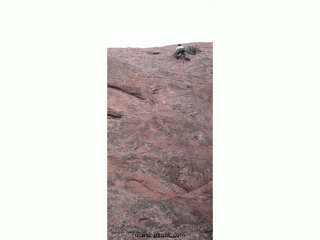Once a climber begins to learn technique and establishes natural balance, he or she will be able to accomplish more difficult routes that start to use more upper body strength. Most beginner to intermediate routes focus on movement and use of lower body strength to increase balance and flexibility. A majority of indoor gyms across the country provide trainers on staff that offer lessons and instruction to climbers to increase technique and ability.
In terms of rating the difficulty of a climb, most gyms in the U.S. follow the Yosemite Decimal System which was developed in the early days of climbing by assigning a numerical rating to a route based on the difficulty of the climb. The first number ranges from 1 to 5 assuming that a 1 would be like walking down a flat sidewalk with no obstacles. The numbers 2 or 3 would indicate that a person is on a standard hiking trail and walking across uneven ground. A 5 on the other hand means that a person is experiencing a vertical obstruction and will have to use hands and feet to continue momentum and upward progress. Once the climber is in the class 5 category, a decimal is assigned to indicate the steepness and the features (handholds and footholds) that are available to continue progress.
A beginner climbing route is typically a 5.5 to 5.6 where an intermediate route would range from 5.8 to 5.10. Most difficult routes range from 5.11 and up. I must mention also that once a climb is in the 5.10 category, it may also be assigned the letter a through d which is based on other variables of difficulty.
THE TOOLS OF THE TRADE
I must emphasize with extreme importance that there is nothing more important about climbing than using approved gear and equipment to uphold the strictest safety precautions. In fact, most retailers will not accept any returns or exchanges on climbing gear due to the strict regulations in the industry and the potential for safety issues. Nonetheless, it only takes a few pieces of essential gear to be climbing your way to a new adventure.
